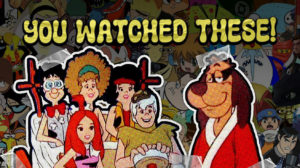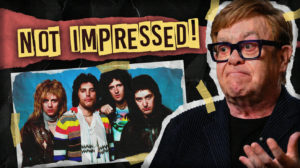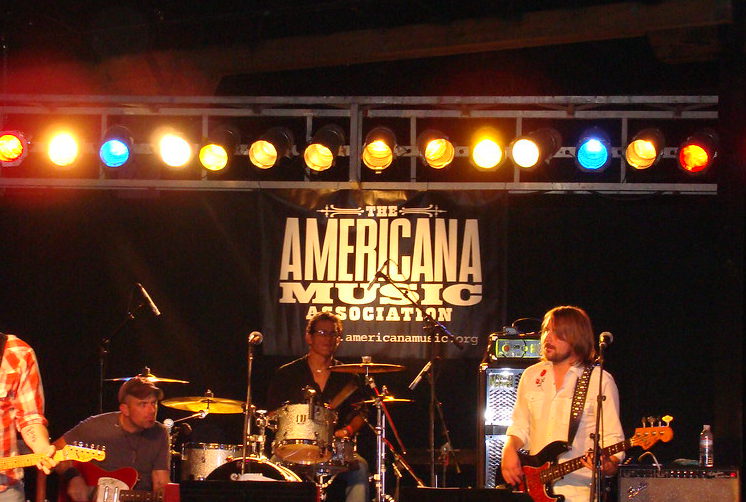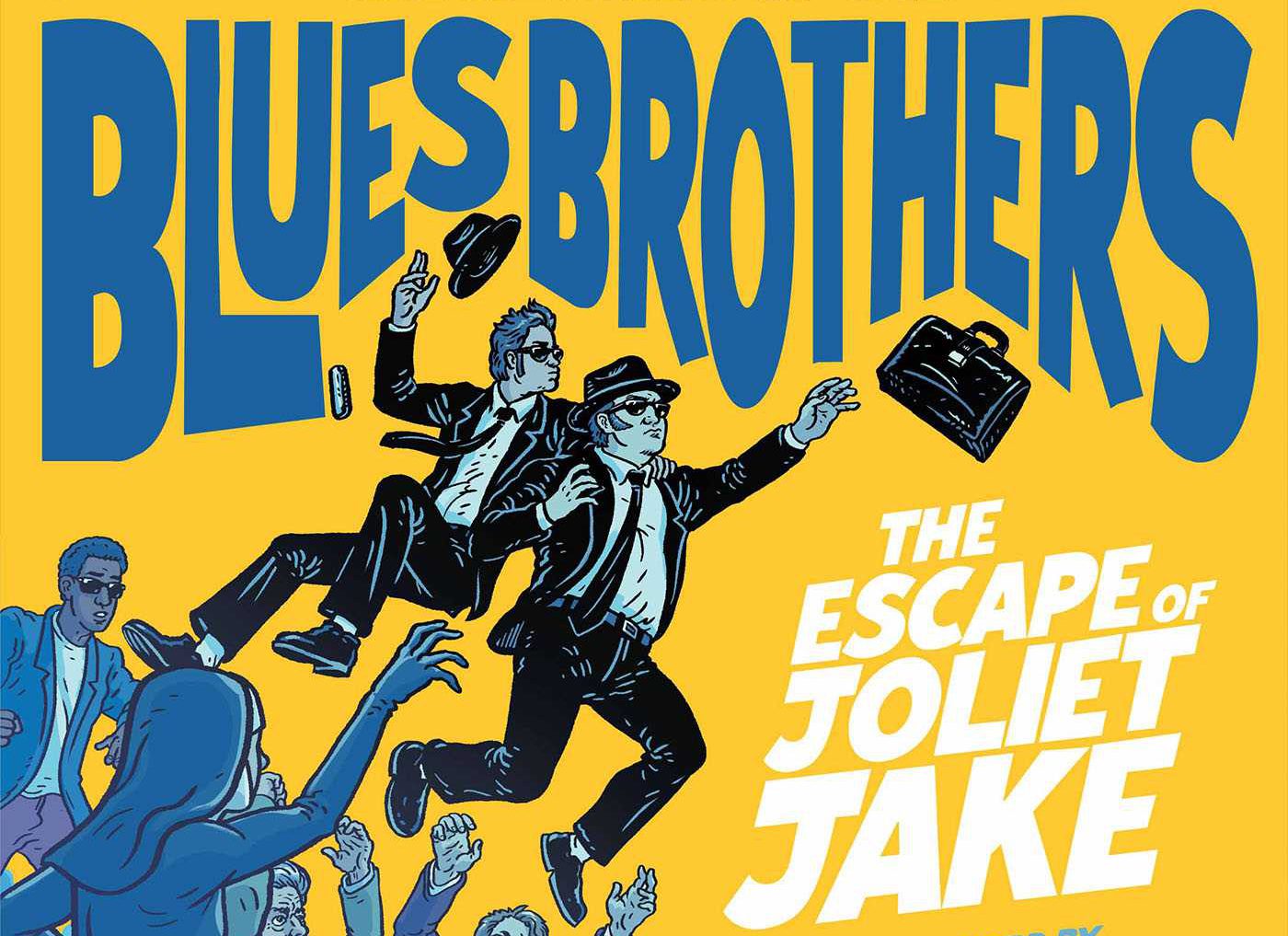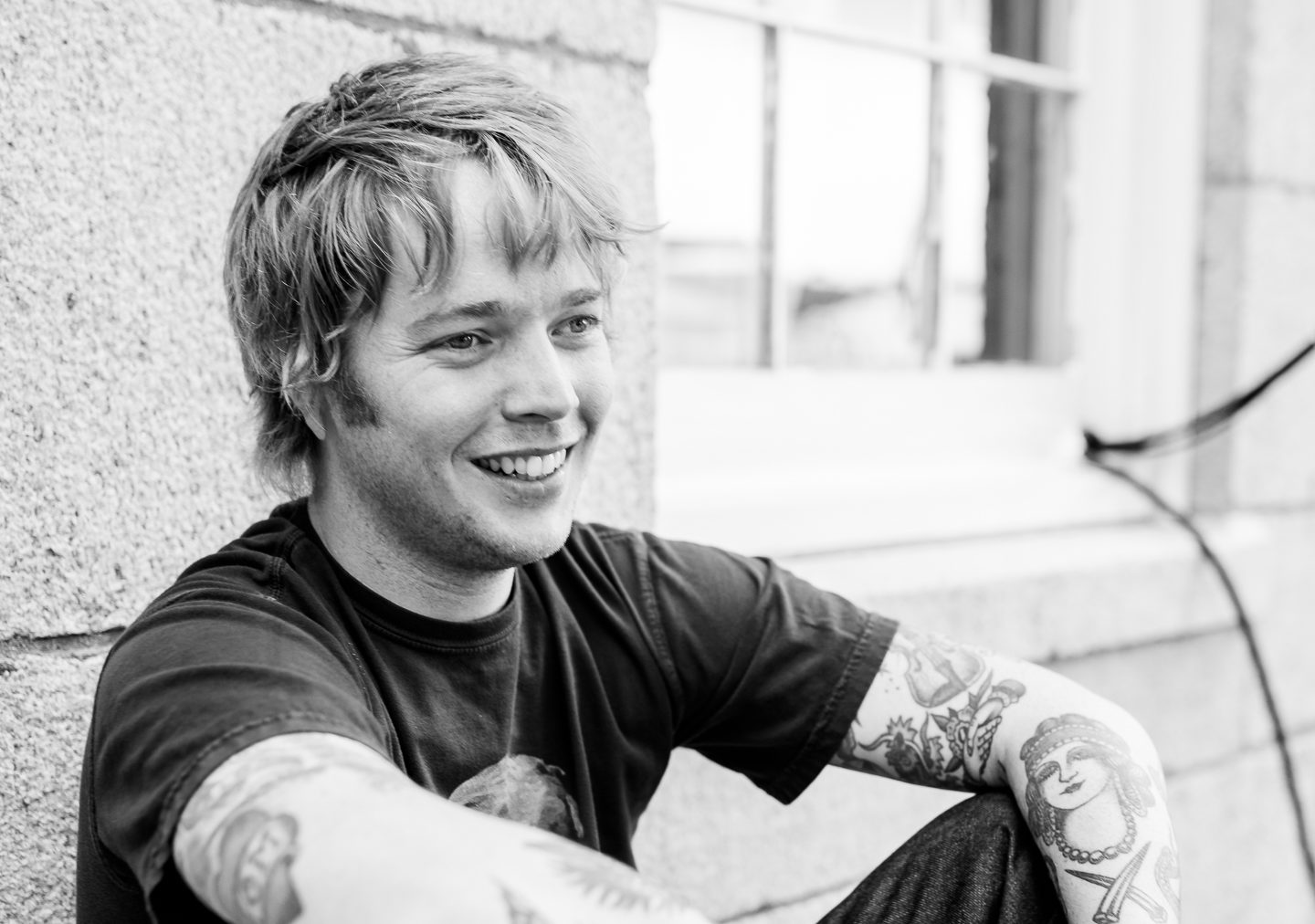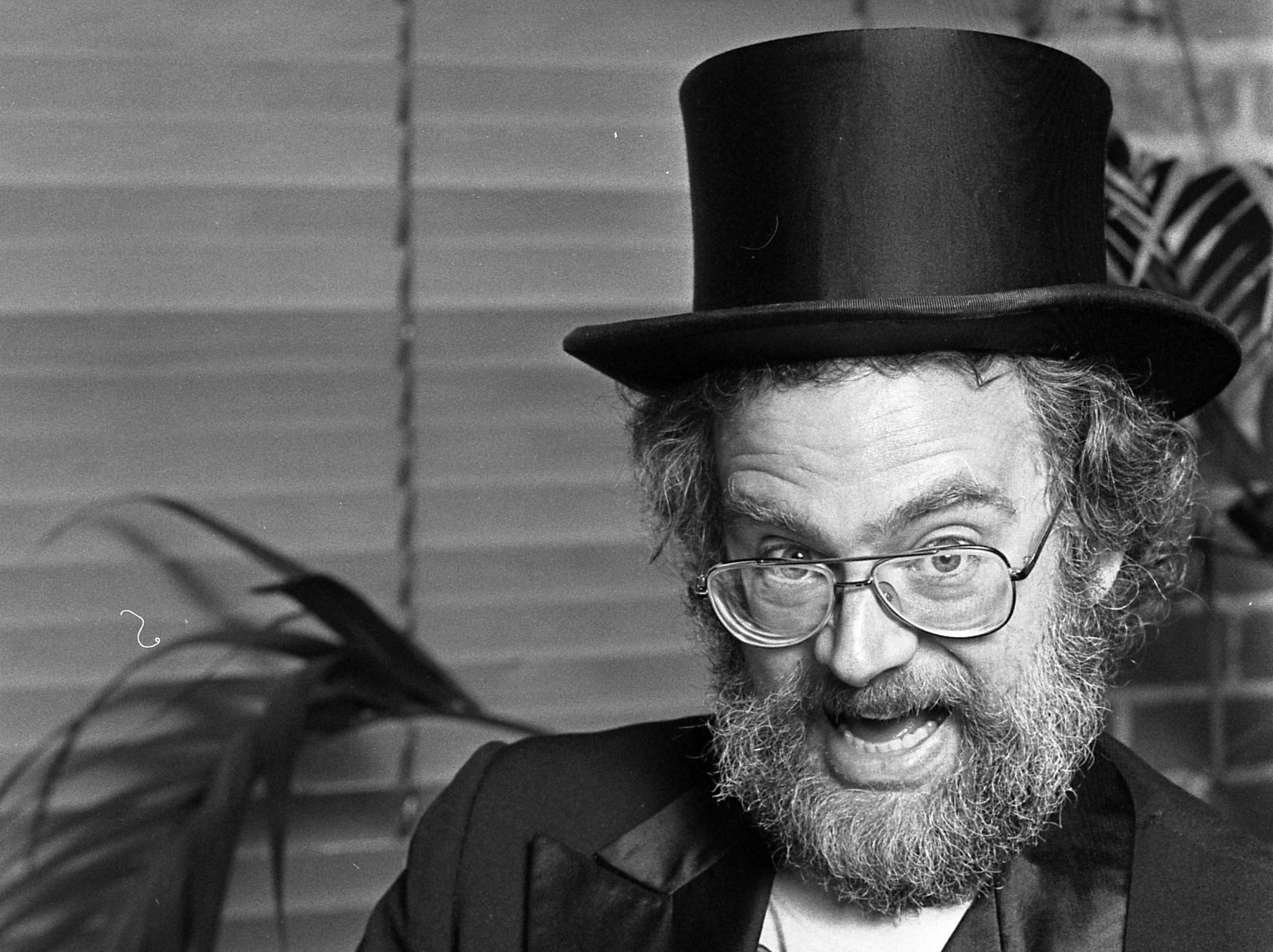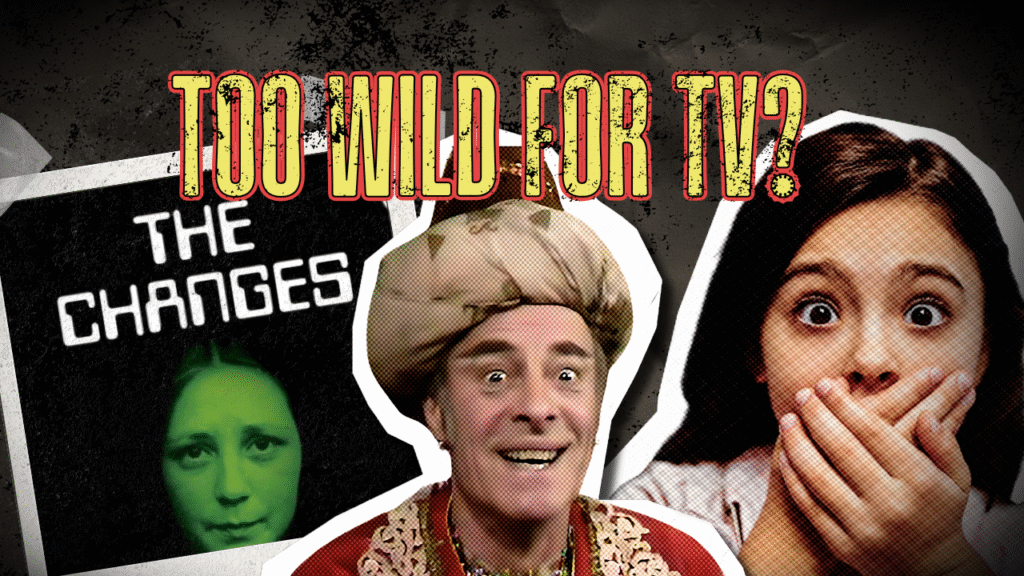
While everyone was talking about MAS*H and All in the Family, television’s real innovators were hiding in plain sight, crafting shows that would make today’s streaming executives weep with envy. These forgotten 70s gems were the underground tracks of television—experimental, occasionally unhinged, and decades ahead of their time. Think of them as the B-sides that ended up being better than the hits.
12. The Changes
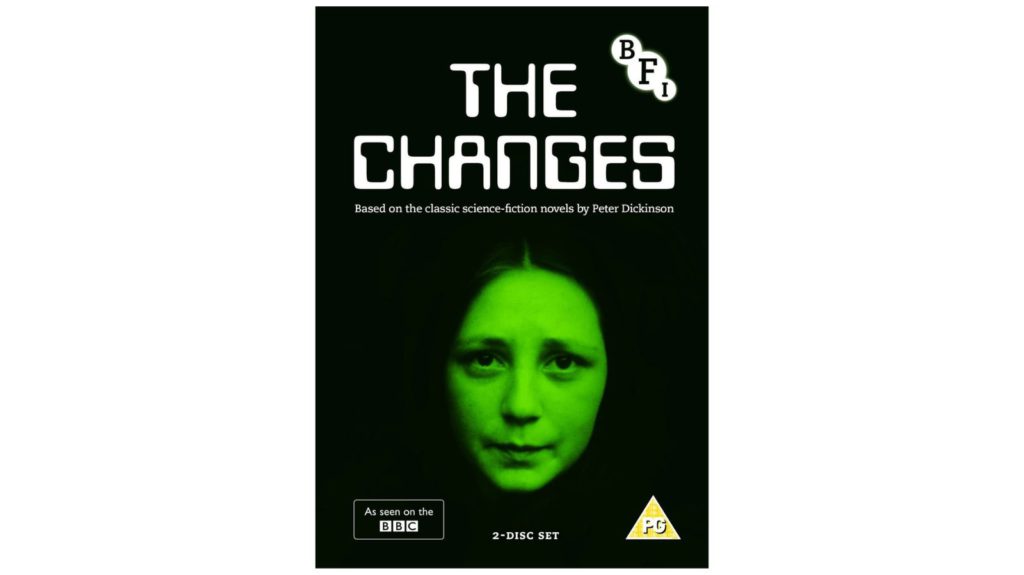
Nothing captures childhood trauma quite like “The Changes,” a 1975 BBC series that dropped the ultimate concept album: what if technology suddenly became terrifying? When a mysterious sound causes Britain’s population to violently reject all modern machinery, society collapses faster than a poorly mixed track. Young Nicky Gore navigates this dystopia where mentioning technology could get you stoned to death—talk about harsh critics.
This was “Black Mirror” for kids, exploring tech dependence decades before smartphones became surgically attached to our palms. While modern dystopias pile on CGI destruction, “The Changes” created genuine dread through pure storytelling—the audio equivalent of a haunting melody that stays with you long after the credits roll.
11. Timeslip
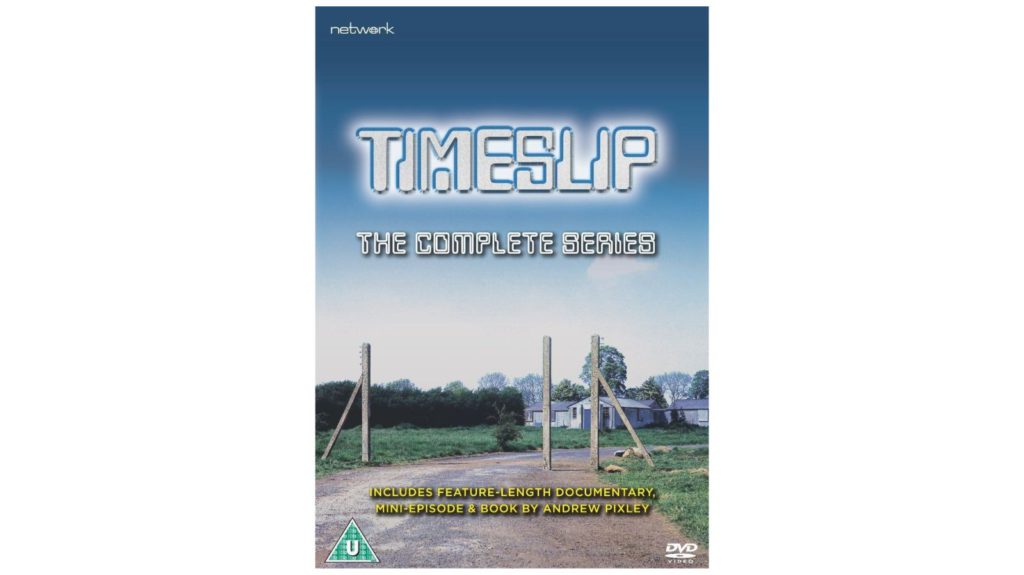
ITV‘s answer to “Doctor Who” arrived in 1970 with “Timeslip,” a series that treated young viewers’ intelligence with surprising respect. The show followed Simon and Liz, two children who discover a time barrier leading to adventures in both 1940 and a research facility in 1990. Its unusual format created bite-sized science fiction that packed complex ideas into compact storytelling.
What separated “Timeslip” from other children’s sci-fi was its commitment to scientific concepts rather than pure fantasy. The show explored cloning, mind control, and environmental collapse with the seriousness of adult programming, never talking down to its audience. This sophisticated approach created a generation of viewers who expected television to challenge rather than merely entertain them.
10. Monkey
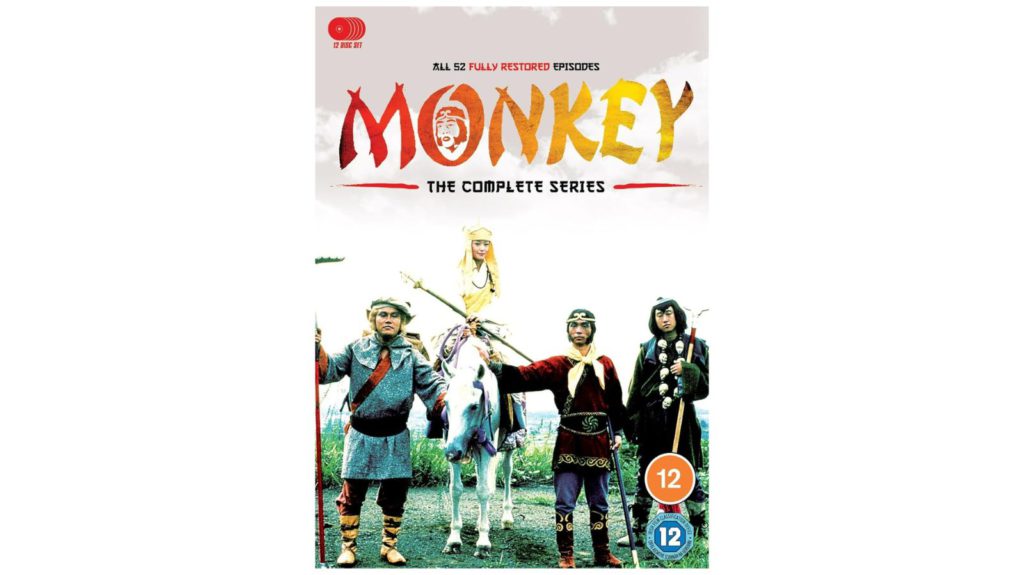
Before “Everything Everywhere All at Once” introduced Western audiences to multiverse madness, there was “Monkey”—television’s most unhinged remix of Chinese mythology. Born from an egg on a mountain top (because normal origin stories are for amateurs), the Monkey King and his crew quested for sacred scriptures while defying every law of physics and good taste.
This show mixed martial arts, mysticism, and pure chaos like a DJ sampling everything from classical to death metal. Characters summoned clouds to ride and pulled weapons from their ears—basically the visual equivalent of a synthesizer having a breakdown. “Monkey” proved international storytelling could captivate Western audiences without watering down the weirdness, influencing everything from Power Rangers to modern anime.
9. Fantasy Island
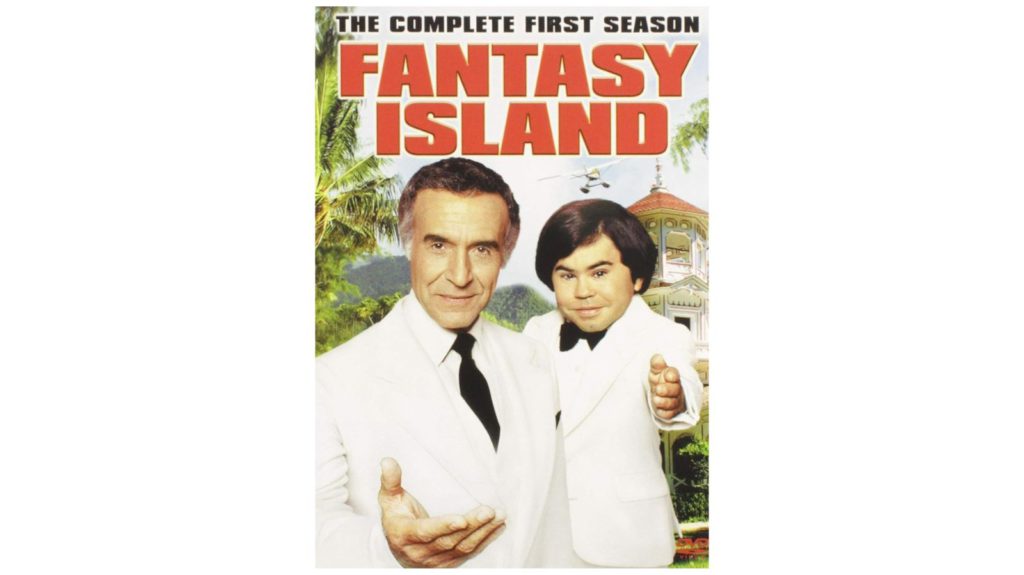
Before “The White Lotus” exposed luxury tourism’s dark side, Ricardo Montalban’s Mr. Roarke was running the ultimate concept venue—where $50,000 bought you three days of wish fulfillment that always came with a catch. Think of it as life’s ultimate remix: you request the radio-friendly version of your dreams, but Roarke delivers the director’s cut, complete with hidden tracks of harsh reality.
Montalban’s performance hit that perfect frequency between warmth and mystery—you never knew if he was benevolent host or cosmic DJ spinning fate itself. The anthology format let writers drop everything from romantic ballads to supernatural horror tracks within the same framework. “The plane! The plane!” became television’s most iconic opening sample, signaling another episode where someone learned that getting what you want isn’t always what you need.
8. How Green Was My Valley
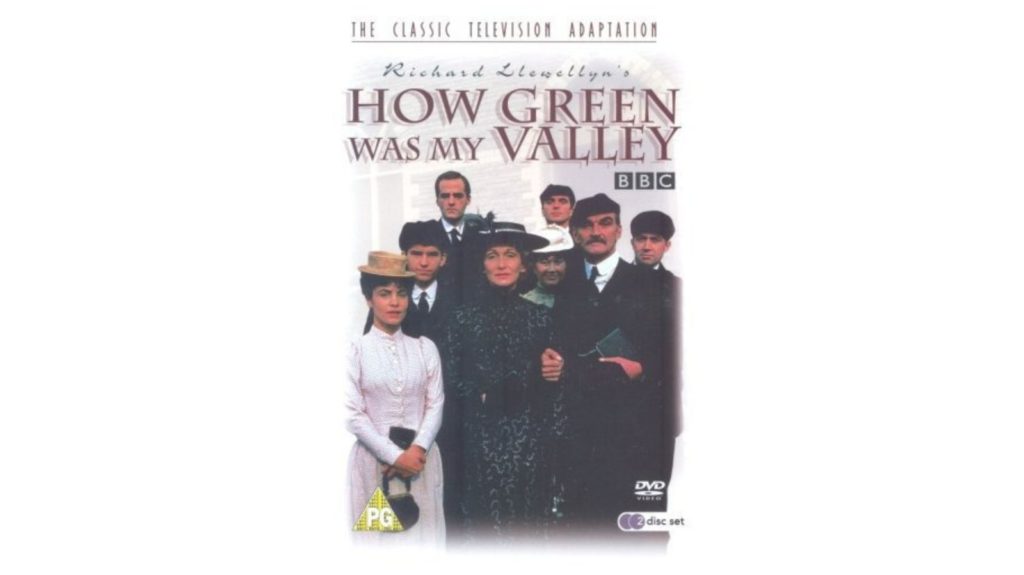
This six-episode BBC adaptation from late 1975 transformed Richard Llewellyn’s 1939 novel into a masterclass in period drama. Set in a Welsh mining community during Victorian times, it chronicled the Morgan family’s struggles through youngest son Hughes, whose academic aspirations clash with mining traditions. Stanley Baker delivered one of his final performances while Sean Phillips earned a BAFTA for his work. What distinguished this adaptation was its refusal to romanticize poverty while still celebrating community bonds. The series captured working-class Welsh life with authenticity that avoided both condescension and sentimentality—a balance modern period dramas still struggle to achieve. Its emotional resonance came from quiet dignity rather than manipulative scoring or dramatic speeches. This show refused to auto-tune history—characters spoke in authentic regional dialects, industrial conditions hit harder than a distorted guitar, and political complexities got the full orchestral treatment they deserved.
7. When the Boat Comes In

Before “Peaky Blinders” styled post-war Britain like a music video, “When the Boat Comes In” was laying down the real tracks with zero filter. James Bolam starred as Jack Ford, a WWI veteran spinning through Northeast England’s turbulent 1920s and 30s like a record player hitting every groove of class struggle and political awakening. Fifty-one episodes of pure, uncut social commentary.
This show refused to auto-tune history—characters spoke in authentic regional dialects, industrial conditions hit harder than a distorted guitar, and political complexities got the full orchestral treatment they deserved. While other period pieces were content playing the greatest hits of nostalgia, “Boat” was sampling the raw, unpolished recordings of working-class life that most producers preferred to leave in the vault.
6. The David Nixon Show

David Nixon brought magic to television with understated elegance from 1972 to 1977. His relaxed performance style showcased subtle sleight-of-hand alongside variety acts featuring guests like Anita Harris and Bob Monkhouse. Nixon’s approach prioritized charm over spectacle, creating intimate connections with viewers through personality rather than pyrotechnics.
While some found his style too tame, Nixon established the template for how magic could work on television—a medium that inherently removes the “how did they do that?” element. His solution was making the performer, not the trick, the main attraction. This philosophy influenced generations of television magicians who understood that in a medium where anything can be faked, authenticity of character becomes the real magic.
5. Simon in the Land of Chalk Drawings

Bernard Cribbins narrated this 1974 series about a boy whose chalk drawings came to life when he entered a magical chalkboard world. The simple premise—creativity made literal—crossed cultural boundaries, with versions appearing in multiple countries. The show’s enduring appeal lies in its celebration of imagination and straightforward visual metaphor for artistic expression’s power.
“Simon” anticipated the interactive digital worlds children now take for granted, creating a space where imagination physically manifests. Its influence extends beyond television into educational philosophy, where making children’s creative output “come alive” through recognition remains powerful. The show’s recent reference in “Stranger Things” demonstrates how its core concept continues resonating with new generations.
4. Pardon My Genie
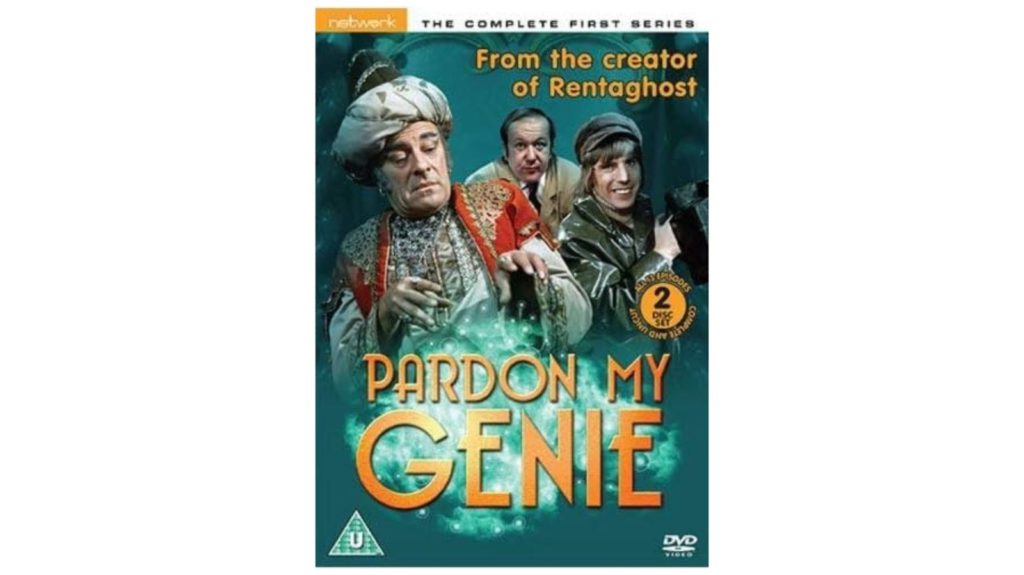
Writer Bob Block created this fantasy sitcom that ran on ITV from 1972 to 1973. The story follows hardware store employee Hal Adden, who purchases a watering can containing a genie played by Arthur White. Roy Barraclough co-starred as Mr. Cobbledick in this comedy about a well-meaning genie who consistently misinterprets requests with chaotic results.
The show’s premise—magical assistance gone wrong—created a reliable comedy engine that influenced countless supernatural sitcoms that followed. Its exploration of how literal interpretation leads to unintended consequences anticipated programming humor that would later drive technology jokes in the computer age. For fans of bizarre comedy and offbeat humor, there’s a treasure trove of quirky 70s sitcoms waiting to be rediscovered.
3. The Ghosts of Motley Hall
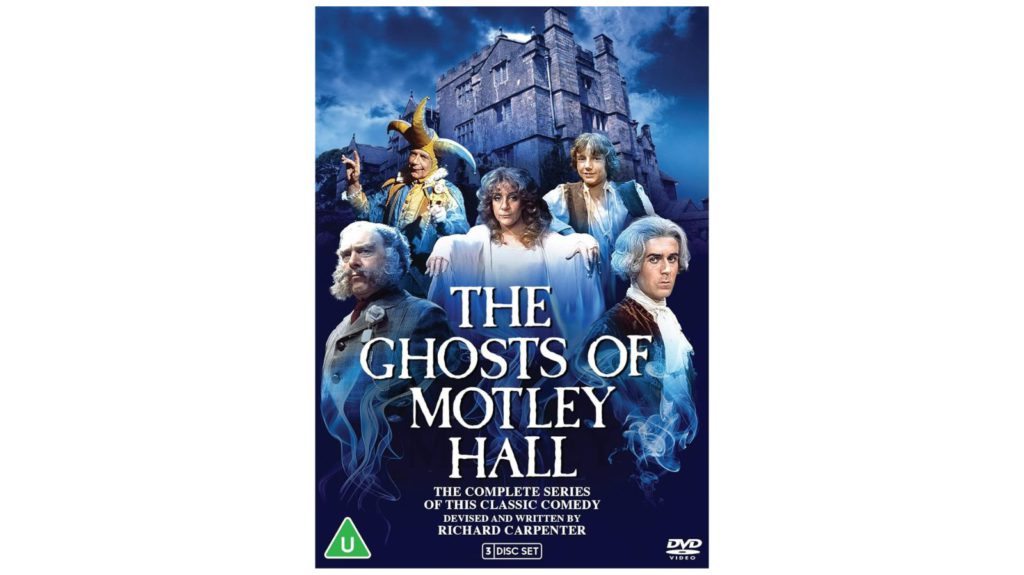
Five ghosts from different historical periods haunting one manor house sounds like the setup for either a terrible joke or brilliant television—thankfully, this landed in the latter category. Each spirit represented a different era’s greatest hits, creating a supernatural ensemble cast that could explore centuries of social change through their interactions.
Think of it as history’s ultimate collaboration album, with each ghost dropping verses from their respective time periods. What made this spectral sitcom sing was how it used supernatural shenanigans to make history accessible without feeling like a textbook set to elevator music. The show anticipated everything from “Horrible Histories” to “What We Do in the Shadows”—proof that the best way to understand the past is through characters who lived it, even if they’re technically dead.
2. The Flockton Flyer

This 1977-1978 family drama followed the adventures of the Carter family running a heritage railway line. Peter Firth and Sheila Fearn starred in the series featuring a 1934 steam locomotive that had been part of a real railway preservation effort. The show celebrated family values and community spirit while capturing the romance of steam travel for a generation witnessing the end of an era.
“Flockton Flyer” tapped into Britain’s railway nostalgia at a time when modernization was rapidly changing the landscape. Its portrayal of a family fighting to preserve tradition against economic pressures created emotional investment beyond the train enthusiast audience. The show’s legacy lives on in the continued popularity of heritage railways and programming that celebrates traditional crafts.
1. The Saturday Banana
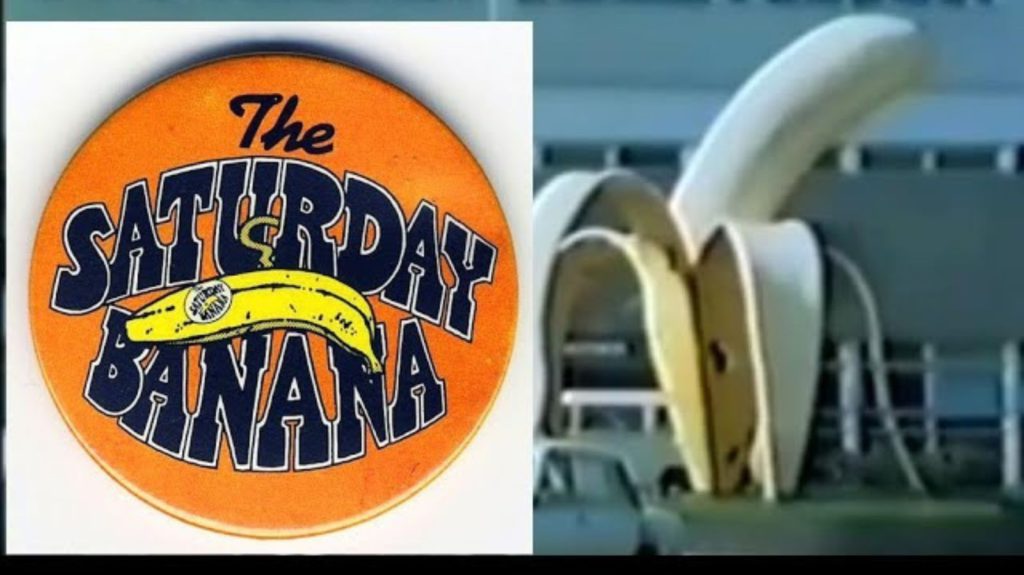
This ITV children’s show hosted by Bill Oddie represented regional television’s distinctive personality before national broadcasting homogenized programming. Produced by Southern Television, it introduced the robot character Metal Mickey and featured the distinctive quirky humor that characterized children’s programming of the era. Oddie’s naturalist background brought unexpected educational elements to Saturday morning chaos.
Saturday Banana” competed in the increasingly crowded Saturday morning children’s television space but maintained its identity through distinctive personality and regional production values. Though largely forgotten today, it exemplifies how quickly television fame can fade from cultural memory—a sobering reminder for today’s content creators chasing viral moments over lasting impact. If this trip down memory lane has sparked your curiosity, keep exploring with this roundup of 20 forgotten TV shows from the 1970s that helped define—and quietly disrupt—the golden age of television.





